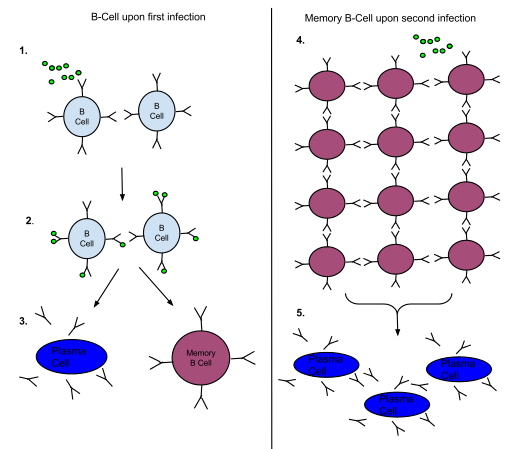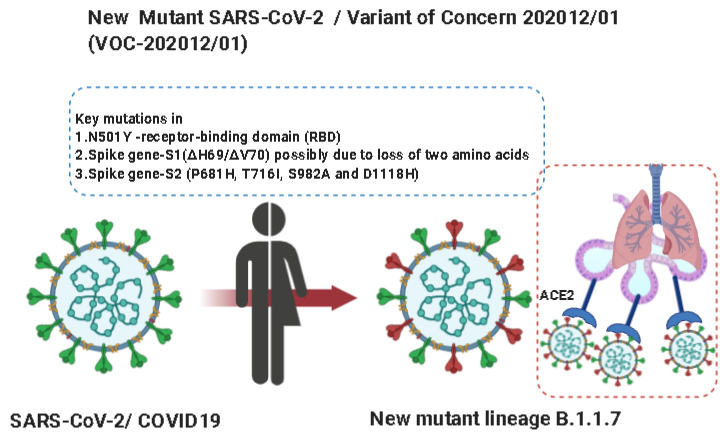A scientific study analyzed in a recent article by Monique Brouillette brings hope with the emergence of possibly more infectious COVID-19 variants. The study looks at the blood of people who are vaccinated, and people who recently have had COVID-19, to learn more about the cells in our immune system. Studying and seeing these cells create their own way to counteract mutations could mean the evolution of our immune systems in response to the variants. So the study poses the question: Along with our cells ability to respond to the initial SARS-CoV-2 virus invasion, do our bodies adapt so that those same cells can recognize the new variants?
An Immunologist at the Rockefeller University, Michel Nussenzweig, conducted a study along with his colleagues by testing the blood of individuals both one month and seven months after they had COVID-19. The scientists noticed that individuals had lower levels of antibodies, and equal or higher levels of memory B cells, seven months after having COVID-19 than one month after. This was expected as the virus had been fully cleared by the seven month mark, and memory B cells were created in response to the initial invasion of SARS-CoV-2.
Memory B cells are created by the humoral response. This is when macrophages or dendritic cells recognize a forign antigen (in this case SARS-CoV-2), and stay in the body near its lymph nodes with the ability to recognize the virus.
If someone were to get infected for a second time, these memory B cells would activate to quickly produce antibodies and block the virus. This is called the secondary immune response (pictured on the right).
The scientists then did another test in the study. They tested reserve B cells and antibodies someone produced in response to SARS-CoV-2 against a version of SARS-CoV-2 they created to be more like a new variant. The replica new variant virus was made to be more like the new variants by having a mutation in the spike protein, which is the part of the virus that binds to our cells. When they tested this, they saw that some reserve B cells produced antibodies that went and attached to the mutated spike proteins, showing that the reserve B cells and antibodies from SARS-CoV-2 were able to adapt and recognize a different or mutated version of SARS-CoV-2.
The SARS-CoV-2 variants have many similar elements to the original SARS-CoV-2, but also contain mutations in their spike proteins and receptor binding domains (for the most part), which allow them to usually go undetected by our bodies. This is why those who are vaccinated or have SARS-CoV-2 antibodies are not fully immune to the variants.
Most recently, Nussenzweig and his team conducted the same experiment again, but with new and improved viruses that more closely resemble the COVID-19 variants. One of the replica variants is of B.1.351, which contains mutations K417N, E484K, and N501Y, was tested against cloned six month old (previously exposed to SARS-CoV-2) B cells. Although it has not yet been reviewed and confirmed, this test did show that some of the antibodies produced by these B cells had the ability to recognize and attach to these mutated variants engineered to be very similar to the viruses of the Covid variants.
What these scientists discovered with SARS-CoV-2 is a process called somatic hypermutation. This is when the immune system adapts to recognize and attack forign mutations or viruses it has not seen before when they have previously fought off a virus with some similar elements. The occurrence of this process with SARS-CoV-2 gives us hope that after getting the vaccine or having had COVID-19, our bodies will have a better defense against the new variants, which will, hopefully, in turn, lessen the fear and stress surrounding the emergence of new SARS-CoV-2 variants.




Leave a Reply